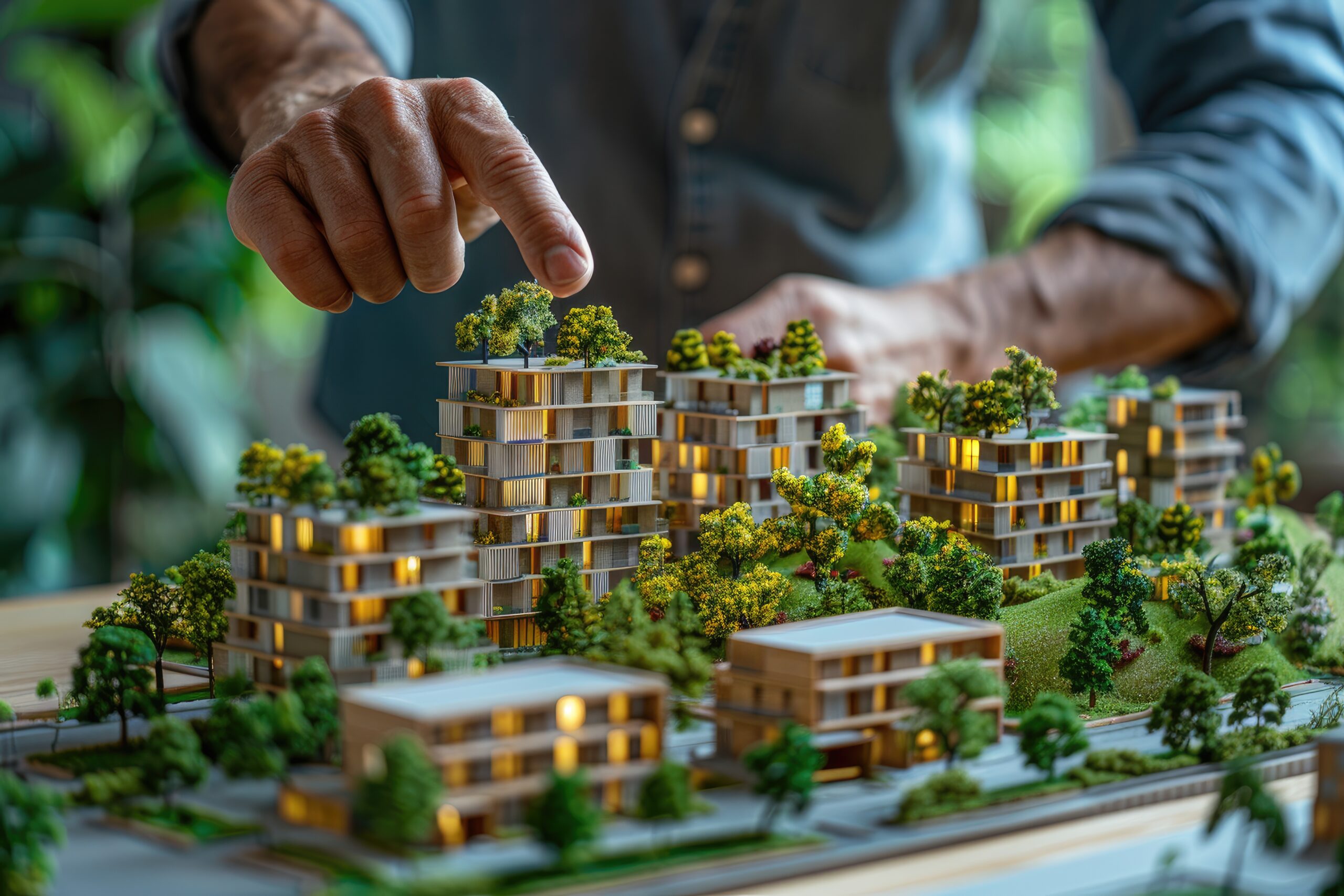In the ever-evolving world of real estate, I’ve found that one of the most compelling and rewarding challenges is the concept of adaptive reuse. The idea of taking a vacant, often underutilized space and breathing new life into it by transforming it into something as impactful as a healthcare center is both inspiring and practical. As someone who has spent years navigating both the commercial real estate and healthcare sectors, I’ve come to appreciate the immense potential that adaptive reuse holds, not just for developers like myself but for the communities we serve.
The Power of Adaptive Reuse
Adaptive reuse is about more than just repurposing old buildings; it’s about reimagining what these spaces can be. It’s a creative process that requires vision, patience, and a deep understanding of both the structure itself and the needs of the surrounding community. In the context of healthcare, adaptive reuse offers a unique opportunity to address a growing demand for medical facilities without the lengthy and often costly process of constructing new buildings from the ground up.
There’s a certain satisfaction in turning something old and perhaps neglected into a thriving space that meets a critical need. When I look at a vacant warehouse, an old office building, or even a defunct retail space, I see more than just bricks and mortar. I see potential—a potential to create a state-of-the-art healthcare facility that can provide essential services, generate jobs, and contribute to the local economy.
Meeting the Demand for Healthcare Facilities
The healthcare industry is growing rapidly, driven by an aging population, advances in medical technology, and an increasing focus on wellness and preventive care. As demand for healthcare services continues to rise, so does the need for facilities that can accommodate this growth. However, finding suitable locations for new healthcare centers can be a significant challenge, especially in urban areas where land is scarce and property values are high.
This is where adaptive reuse comes into play. By converting existing buildings into healthcare centers, we can quickly and efficiently meet the demand for medical services without the delays and costs associated with new construction. This approach not only saves time and money but also reduces the environmental impact of development by repurposing existing structures rather than consuming more land and resources.
In my experience, adaptive reuse projects have proven to be an effective solution in addressing the shortage of healthcare facilities, particularly in densely populated areas. For example, transforming a vacant office building into a medical center can provide a much-needed service to a community while also revitalizing a part of the city that may have been in decline.
The Challenges of Adaptive Reuse
While the benefits of adaptive reuse are significant, the process is not without its challenges. One of the primary obstacles is the need to ensure that the existing structure can meet the specific requirements of a healthcare facility. This often involves significant modifications to the building’s layout, infrastructure, and systems to accommodate medical equipment, ensure patient safety, and comply with healthcare regulations.
These challenges require a deep understanding of both real estate development and the unique needs of the healthcare sector. It’s not just about converting a building—it’s about creating a space that is functional, efficient, and conducive to the delivery of high-quality care. This often means working closely with architects, engineers, and healthcare professionals to design a facility that meets the highest standards.
In one of our adaptive reuse projects, we faced the challenge of converting a former industrial warehouse into a modern healthcare center. The building’s structure was sound, but its layout was far from ideal for a medical facility. We had to completely redesign the interior, adding partitions, updating electrical and plumbing systems, and ensuring that the space could support the heavy equipment required for medical diagnostics and treatment. It was a complex and demanding project, but the end result was a state-of-the-art healthcare center that has become a cornerstone of the community.
The Benefits to the Community
One of the most rewarding aspects of adaptive reuse is the positive impact it can have on the community. Transforming a vacant or underutilized space into a thriving healthcare center not only provides essential services but also revitalizes the surrounding area. These projects can create jobs, attract new businesses, and contribute to the local economy.
Moreover, adaptive reuse projects often have a smaller environmental footprint than new construction. By repurposing existing structures, we can reduce the need for new materials, minimize waste, and preserve green spaces. This is particularly important in urban areas where land is at a premium and environmental sustainability is a growing concern.
In many ways, adaptive reuse aligns with my commitment to sustainability and community development. It’s about making the most of what we have, finding creative solutions to meet the needs of our communities, and building a better future without unnecessary waste.
Looking Ahead
As I continue to explore opportunities in real estate and healthcare, adaptive reuse remains a key focus for me. I believe that this approach will play an increasingly important role in the future of both industries, offering a practical and sustainable solution to the challenges we face.
The process of transforming vacant spaces into thriving healthcare centers is not always easy, but it is incredibly rewarding. It requires vision, collaboration, and a deep understanding of both real estate and healthcare, but the results can be transformative—for the building, for the community, and for everyone who walks through the doors of a new healthcare facility.
In conclusion, adaptive reuse is more than just a trend; it’s a powerful tool for creating meaningful change. By reimagining and repurposing existing spaces, we can build a healthier, more sustainable future for our communities. And as someone who has seen the impact of these projects firsthand, I am excited to continue leading the way in this important work.
